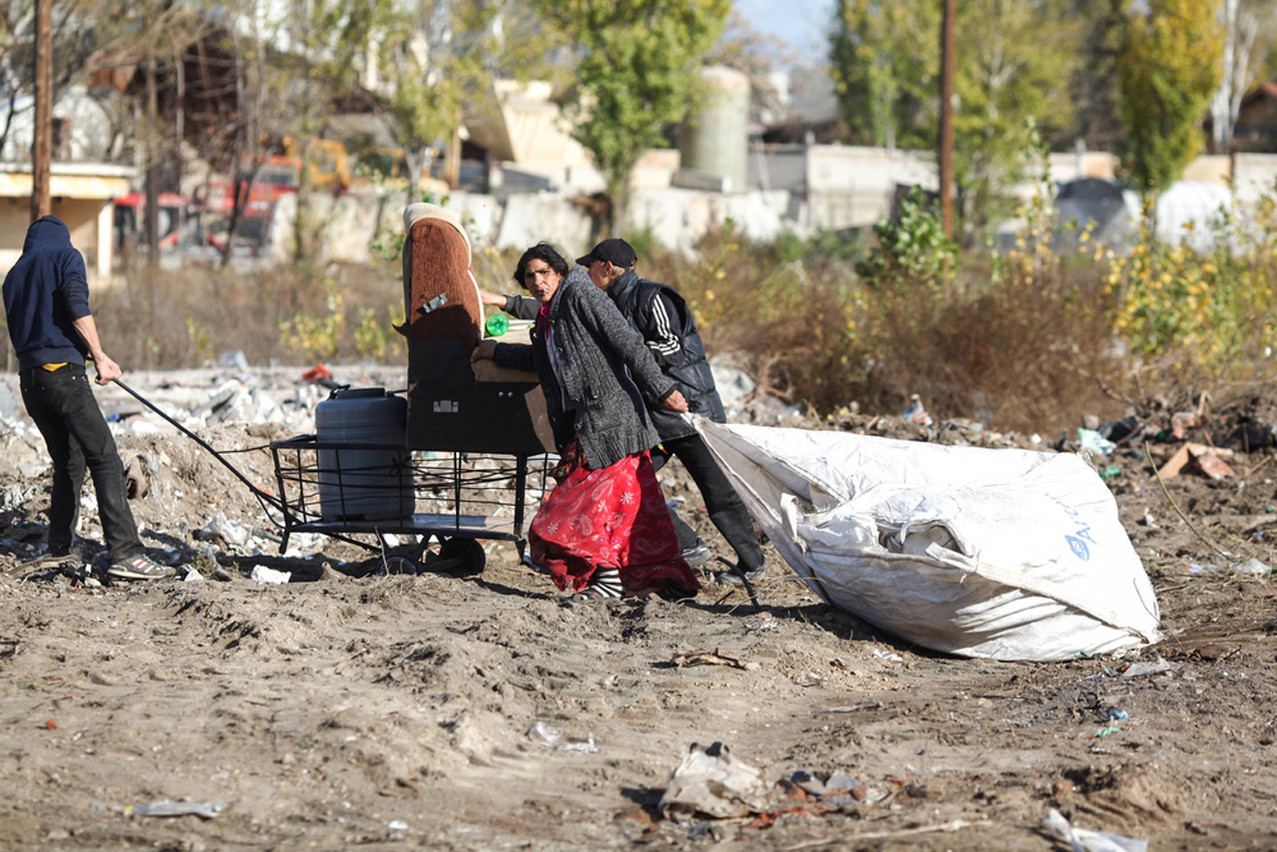93.3m people in the European Union (21% of the population) lived in a household facing at least one of the following three risks: income poverty, severe material and social deprivation, or very low work intensity. This is slightly less than in 2023, when 21.3% of the population (94.6m) were affected.
The people considered in this study are those living in a household facing at least one of the following three risks: an income below 60% of the national median income, an inability to afford at least seven out of 13 essential goods or services, or very low work intensity of the adults in the household.

The lowest rates were observed in the Czech Republic, Slovenia and the Netherlands. Graph: Eurostat
In Luxembourg, the at-risk-of-poverty rate is 20%--just below the European average. In the countries neighbouring the grand duchy, the rates of the population at risk of poverty or social exclusion vary widely: it’s 18.2% in Belgium, 20.5% in France and 21.1% in Germany.
According to Luxembourg’s national statistics bureau Statec, . That translates to around 124,000 people living on less than €2,382 a month. Children (23.9%) and single-parent families are the hardest hit (and that at-risk figure goes up to 64.5% for a parent with three or more children). The widening inequalities can be explained in part by a median income driven upwards by high salaries and the cross-border effect. Although some , it is not taken into account in the calculation--nor are unclaimed benefits--which could underestimate the social reality of the country.
This article was originally published in French.
